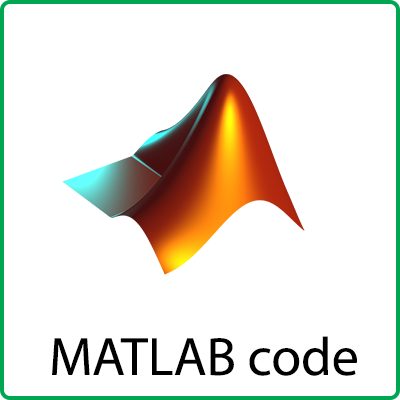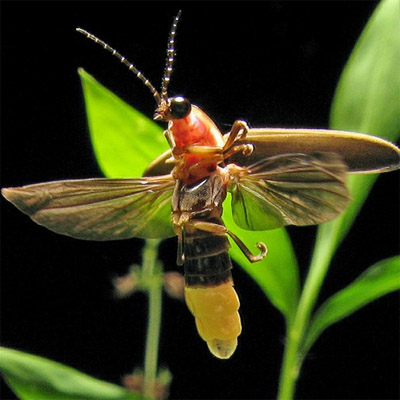Description
In this project, we presented a novel gradient histogram preserving (GHP) model for texture-enhanced image denoising (TEID). The GHP model can preserve the gradient distribution by pushing the gradient histogram of the denoised image toward the reference histogram, and thus is promising in enhancing the texture structure while removing random noise. To implement the GHP model, we proposed an efficient iterative histogram specification algorithm.
Meanwhile, we presented a simple but theoretically solid algorithm to estimate the reference gradient histogram from the noisy image. Experimental results verify the effectiveness of GHP based TEID. The proposed GHP has similar PSNR/SSIM measures to state-of-the-art denoising methods such as SAPCA-BM3D, LSSC and CSR; however, it leads to more natural and visually pleasant denoising results by preserving better the image texture areas. In the future, we will extend GHP to image deblurring, superresolution and other image reconstruction tasks.
ref :
Zuo, Wangmeng, Lei Zhang, Chunwei Song, and David Zhang. “Texture enhanced image denoising via gradient histogram preservation.” In Computer Vision and Pattern Recognition (CVPR), 2013 IEEE Conference on, pp. 1203-1210. ieee, 2013.
Image Denoising via Dictionary Learning and Structural Clustering




Reviews
There are no reviews yet.